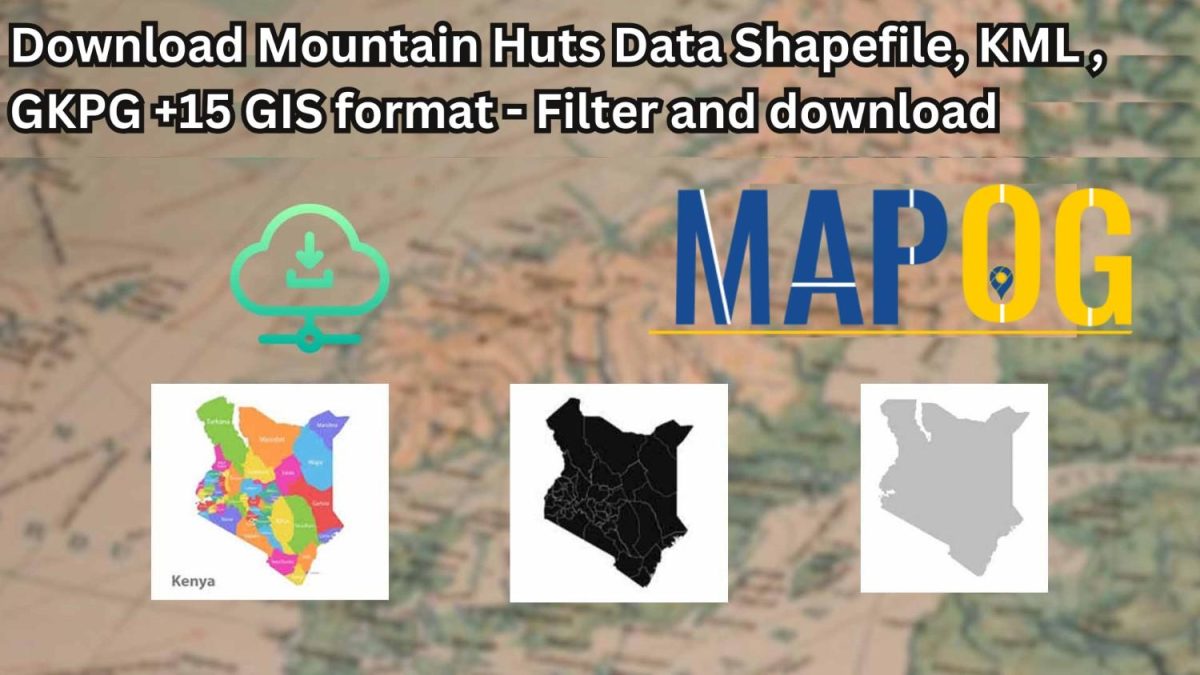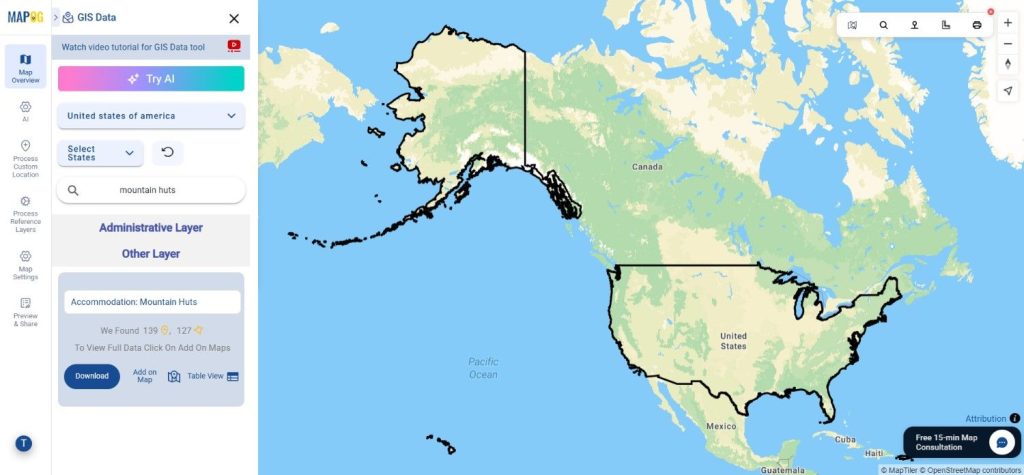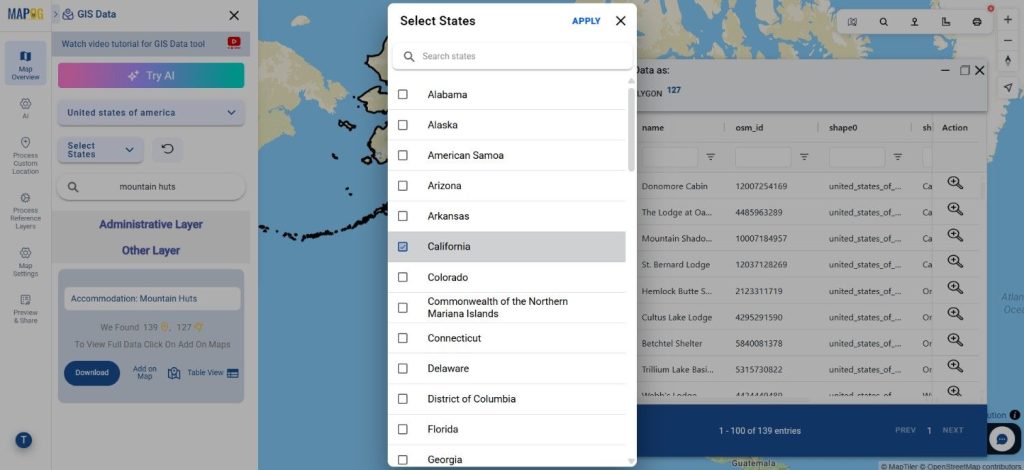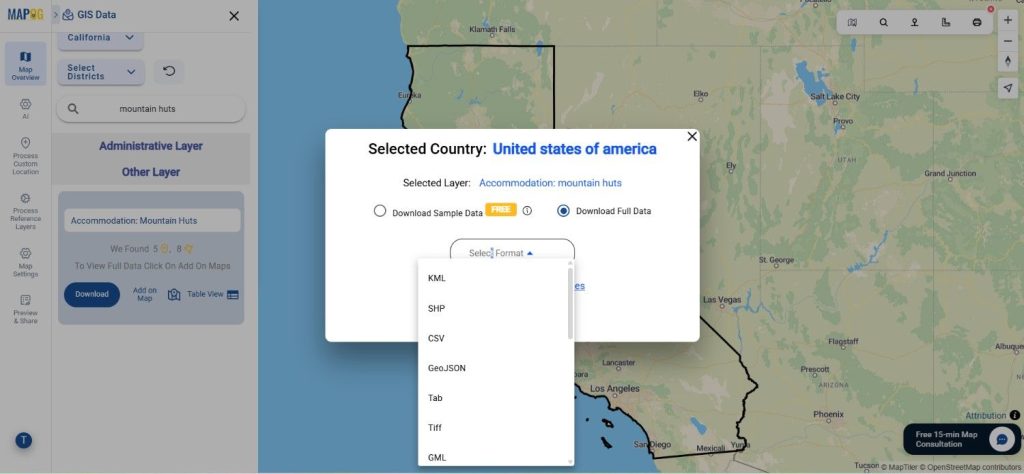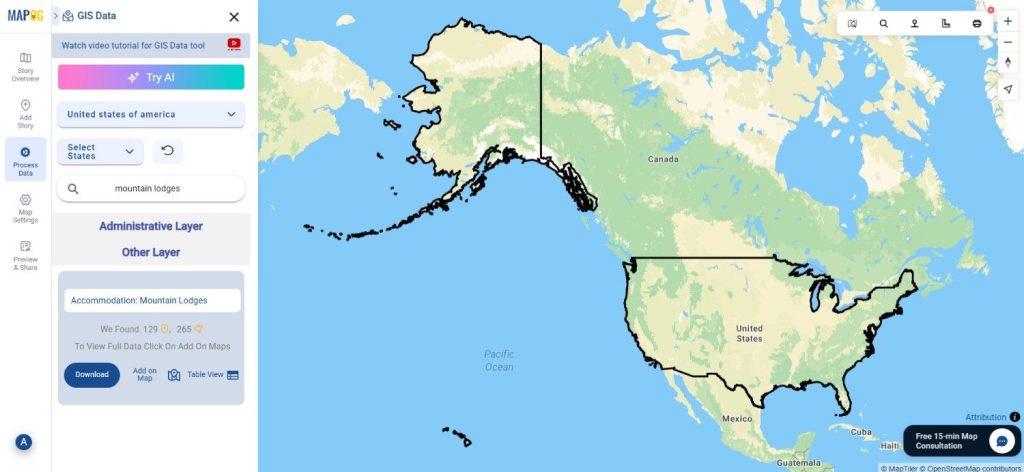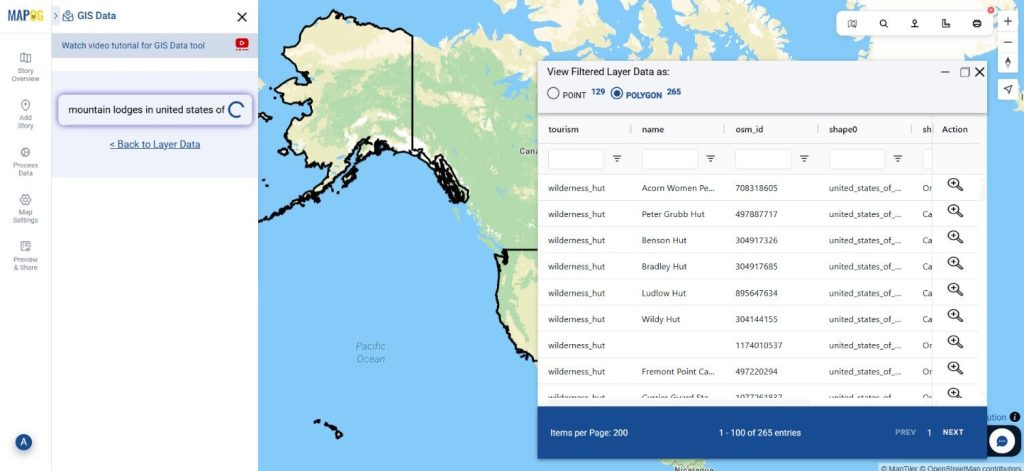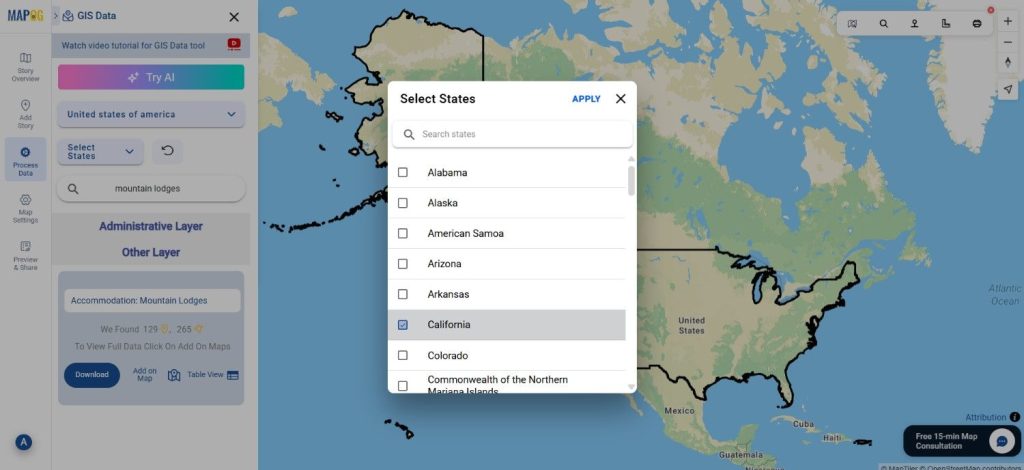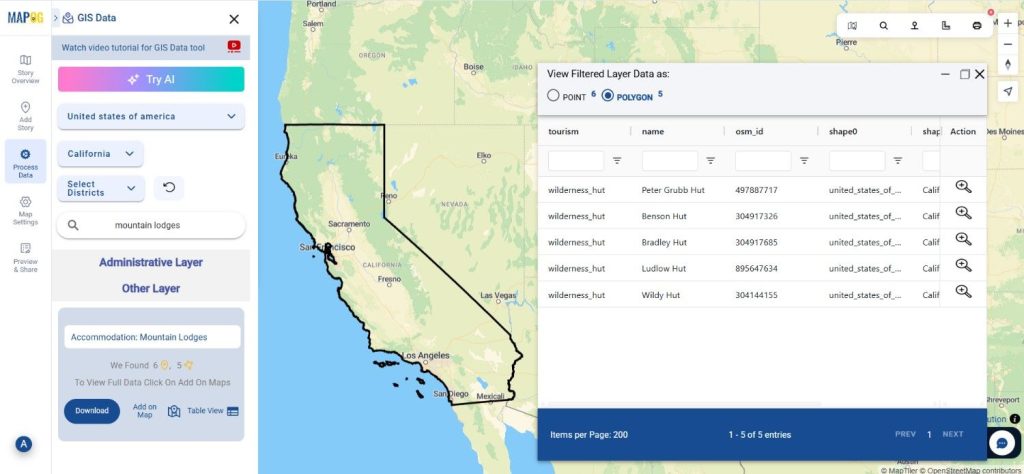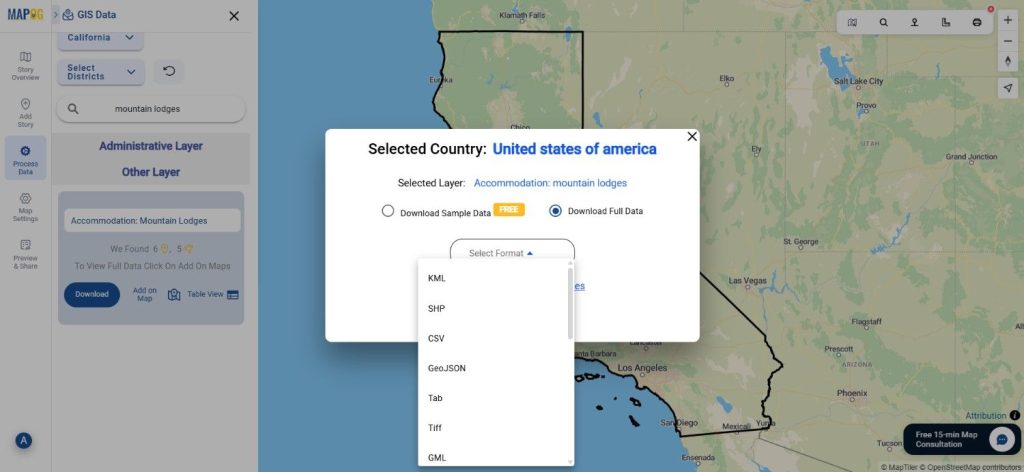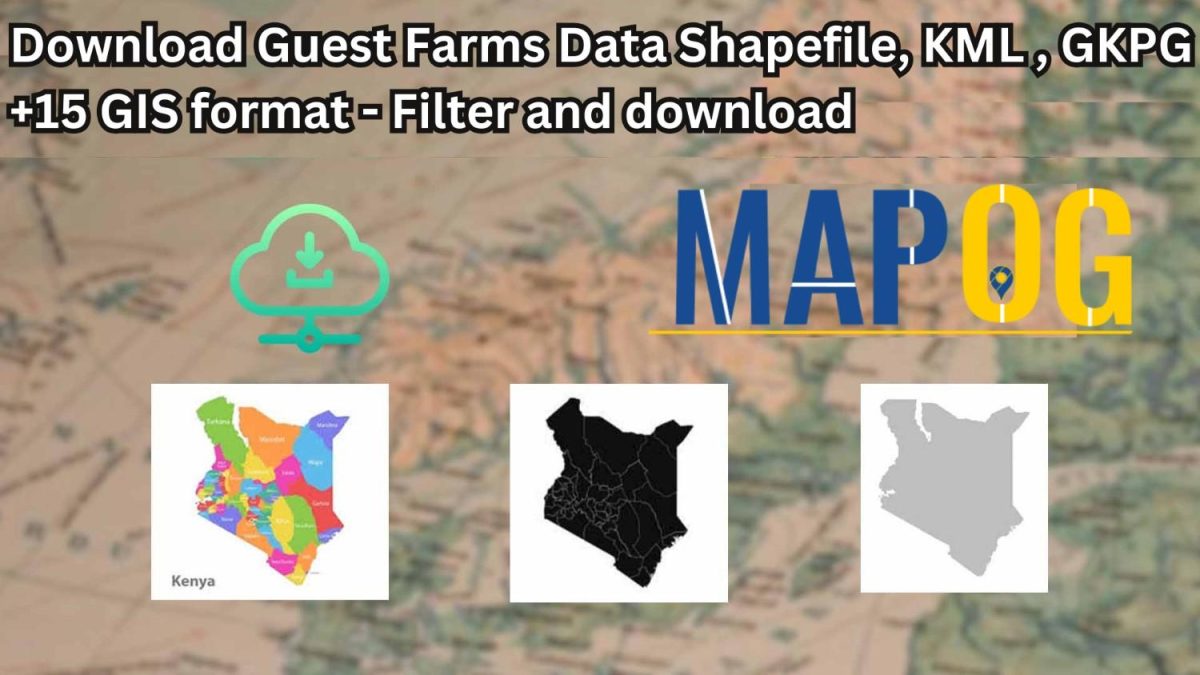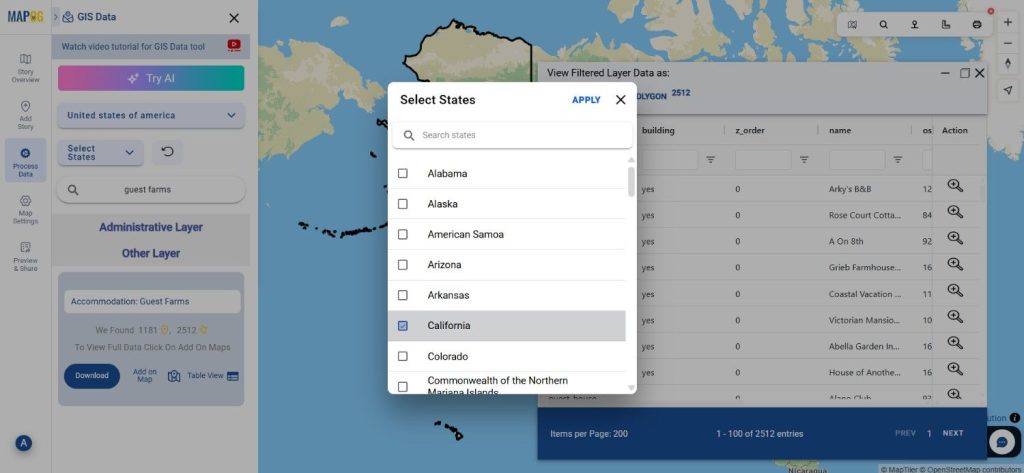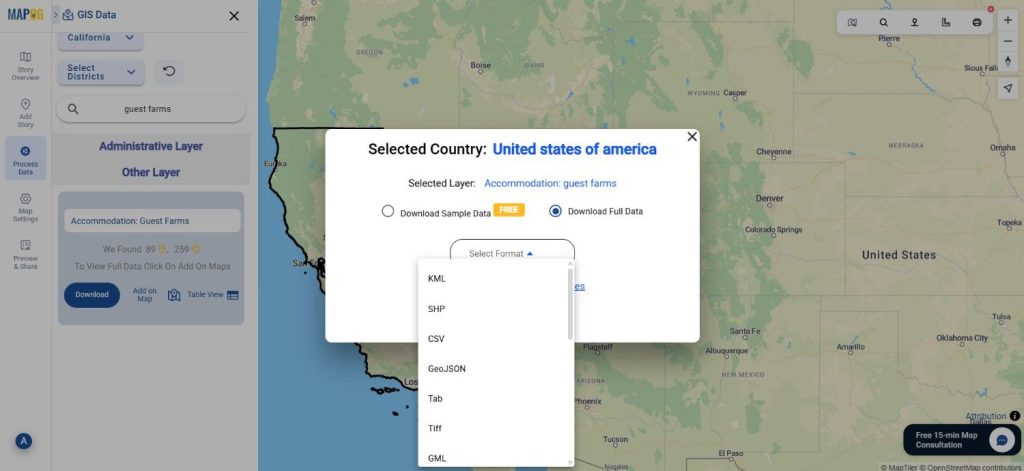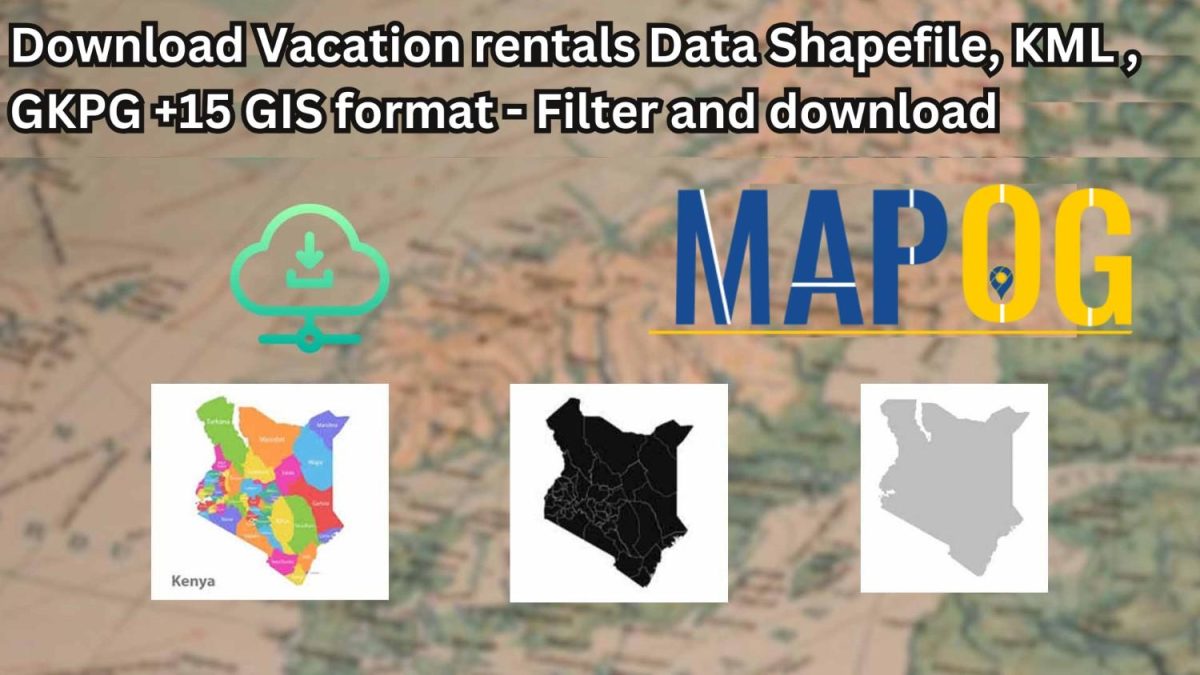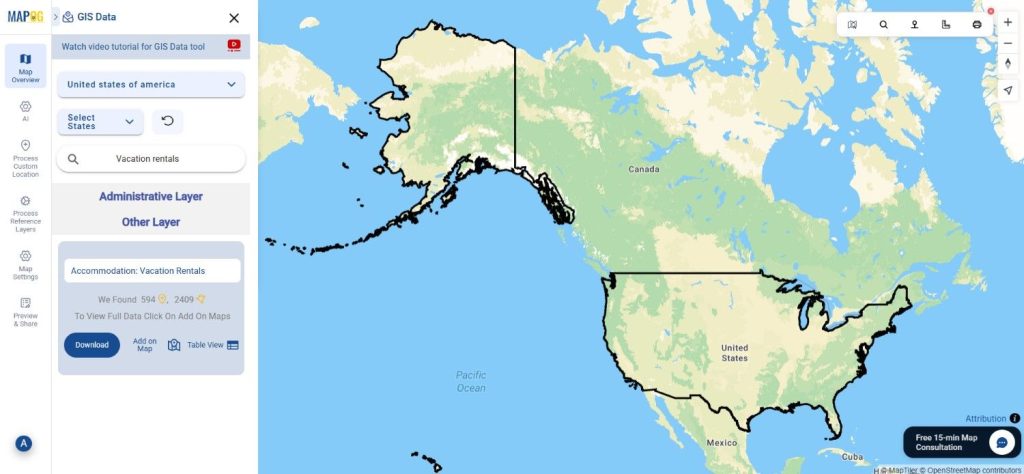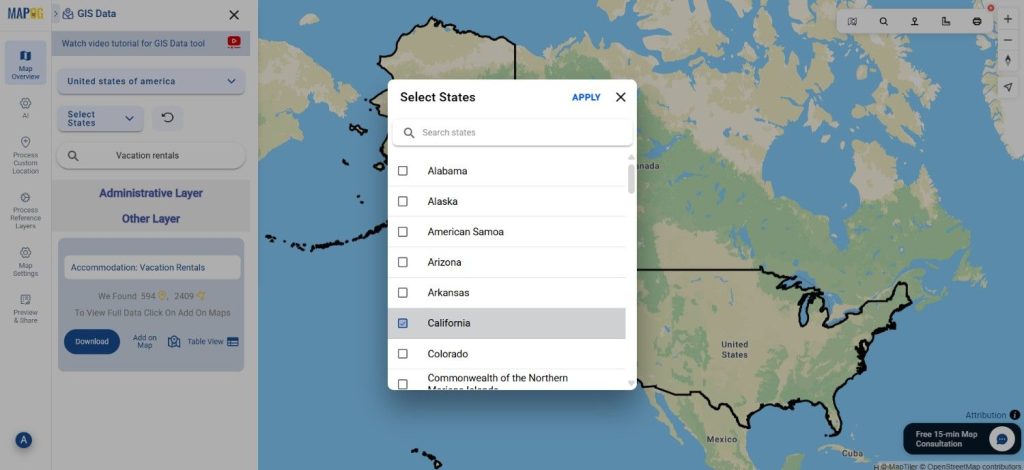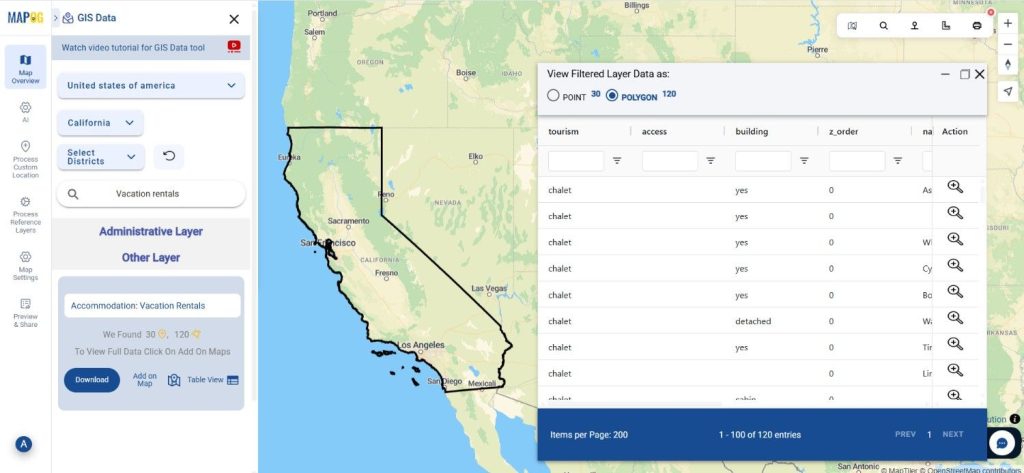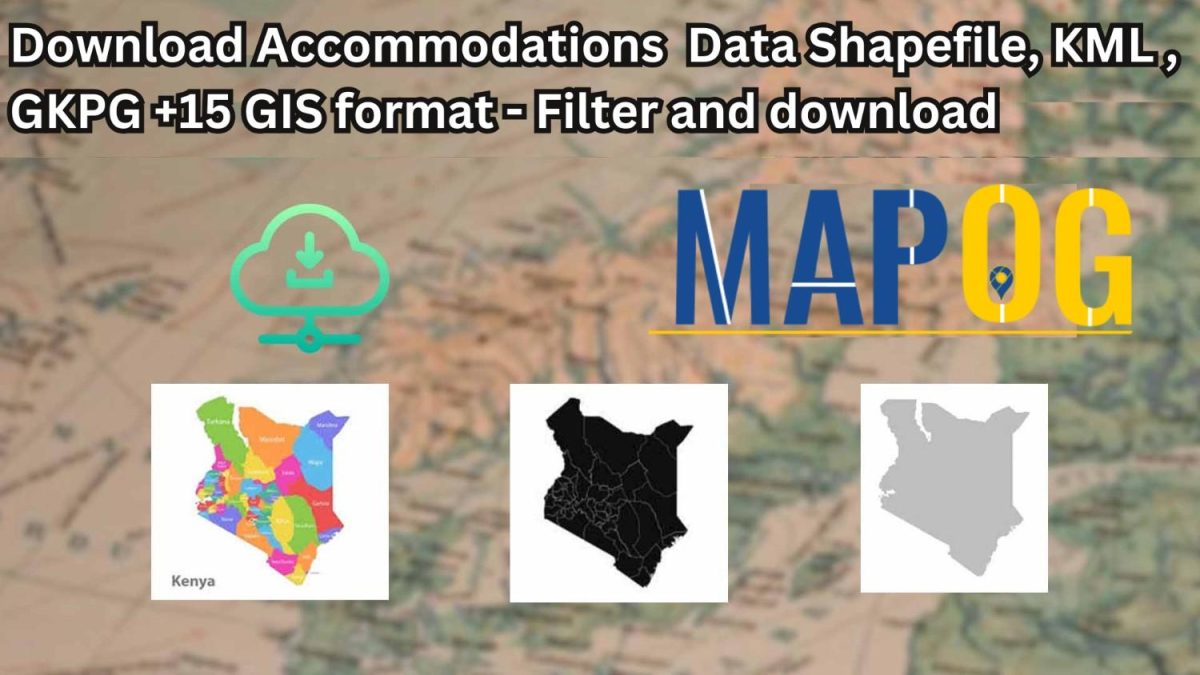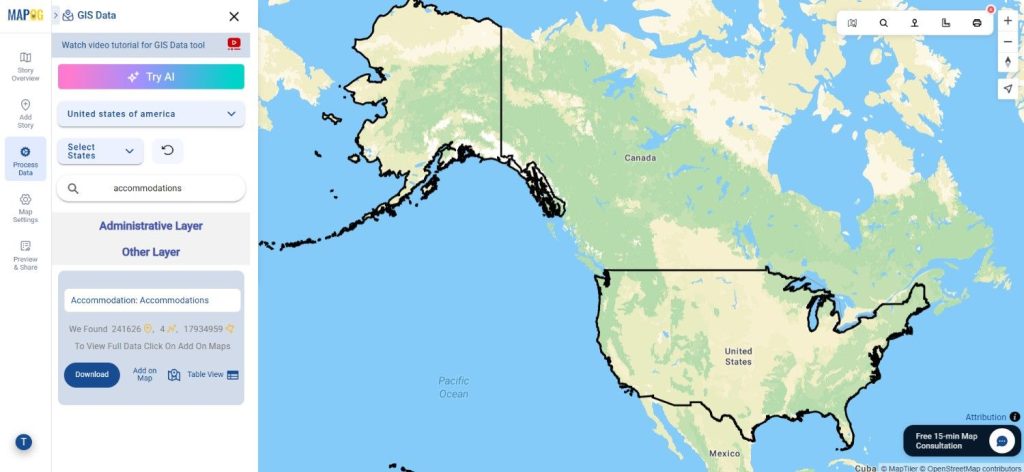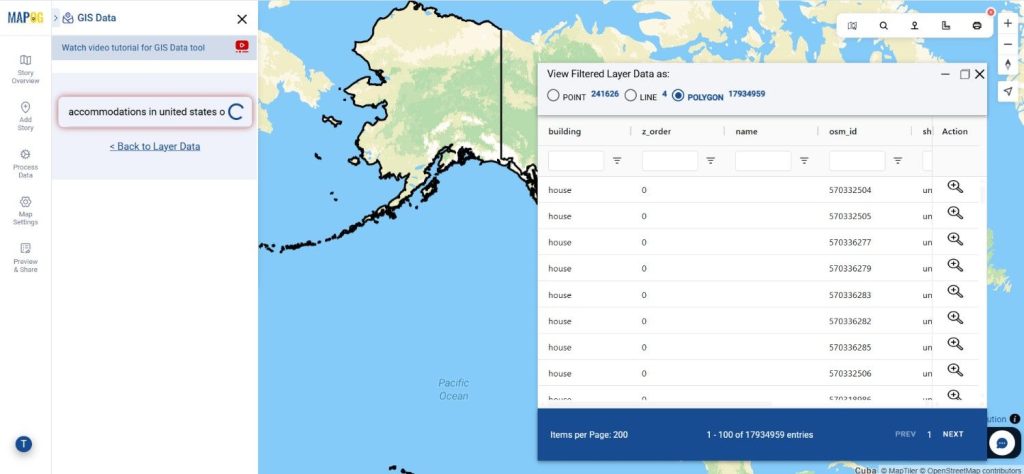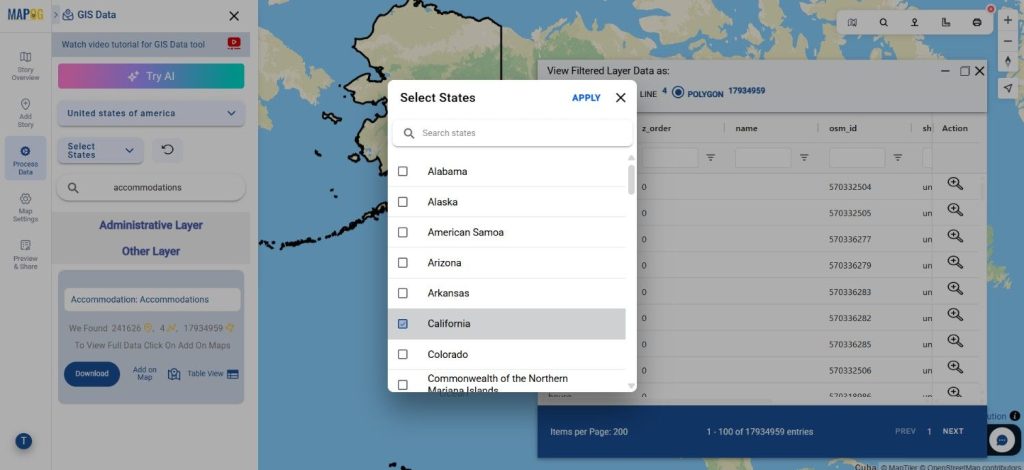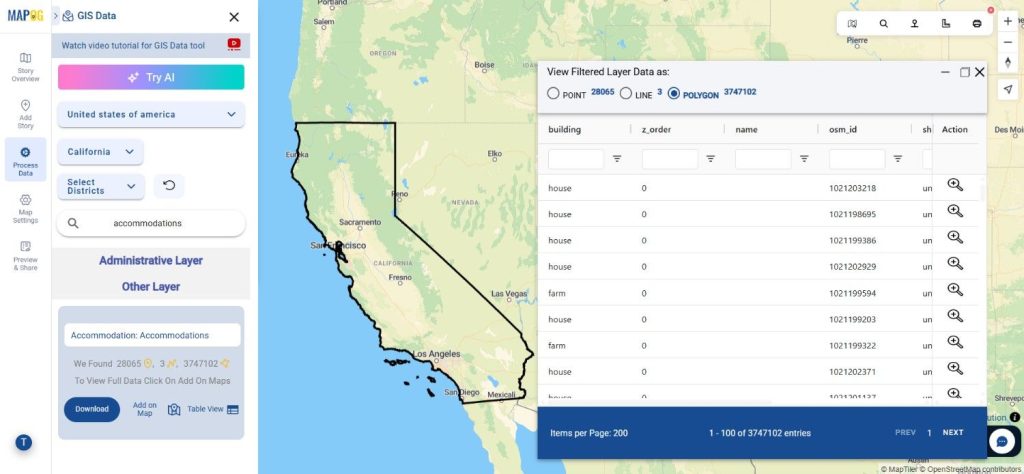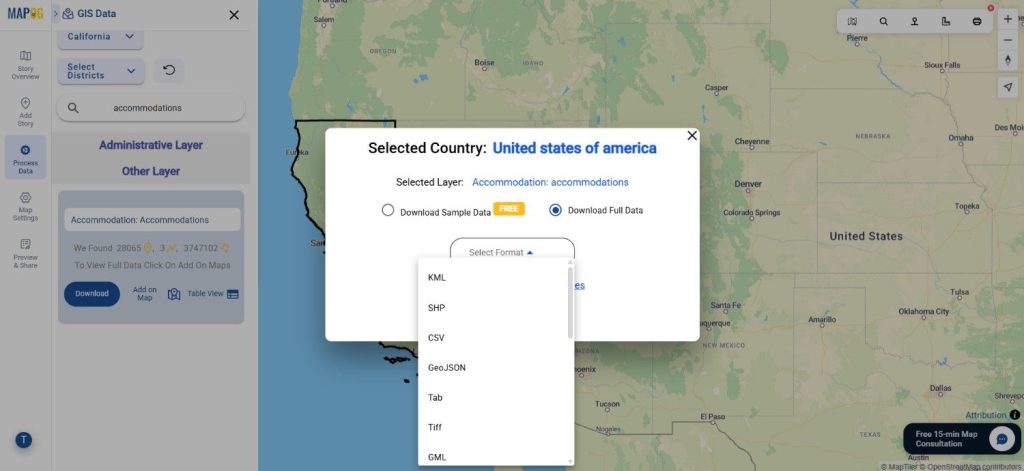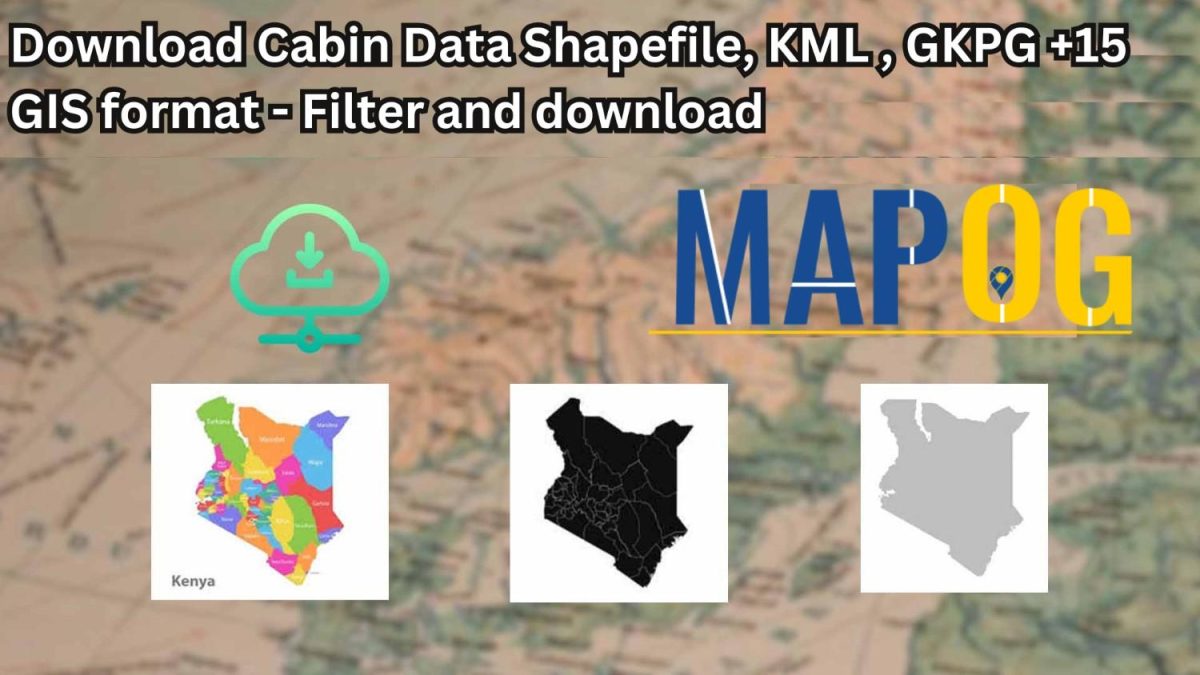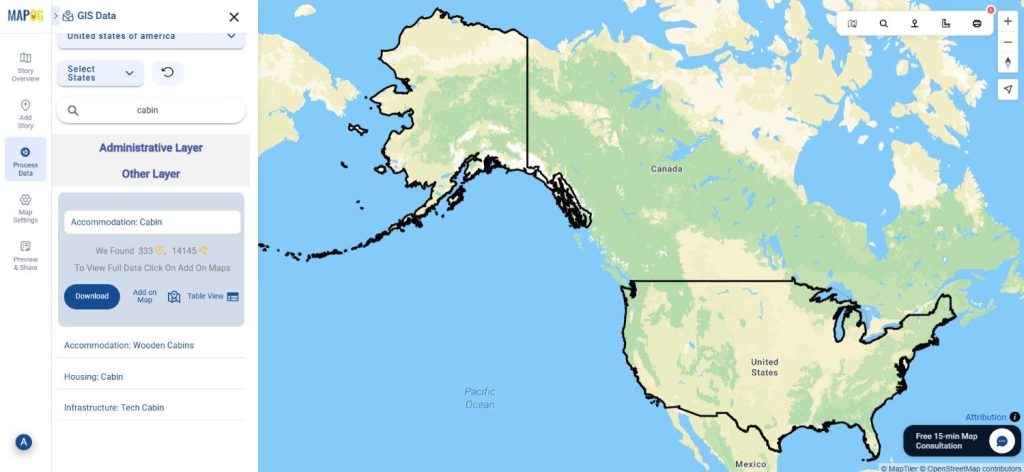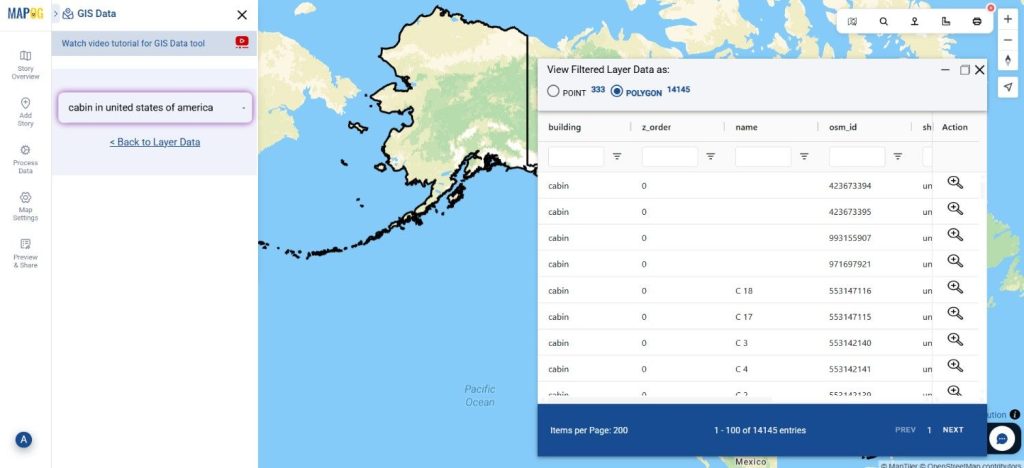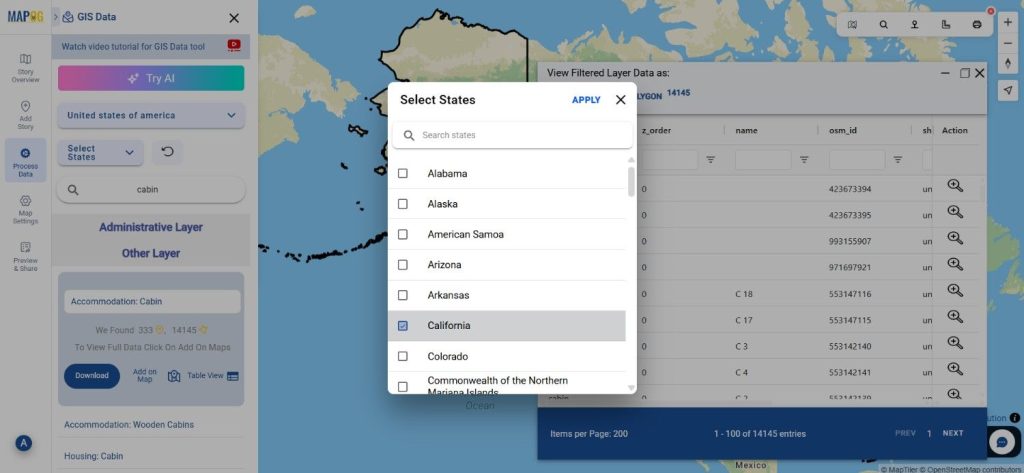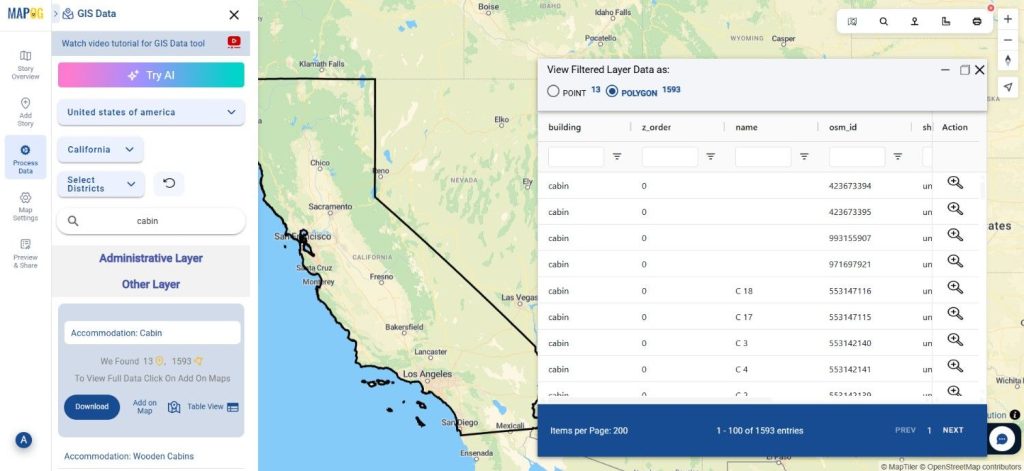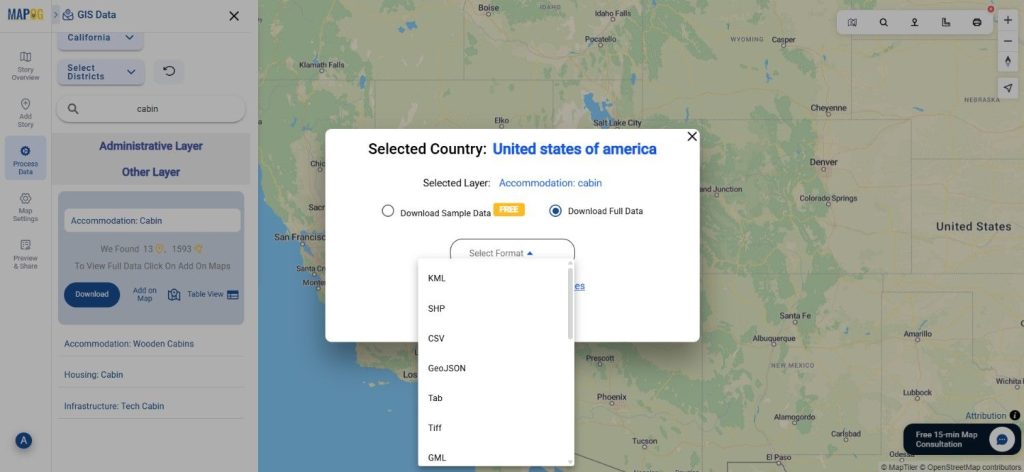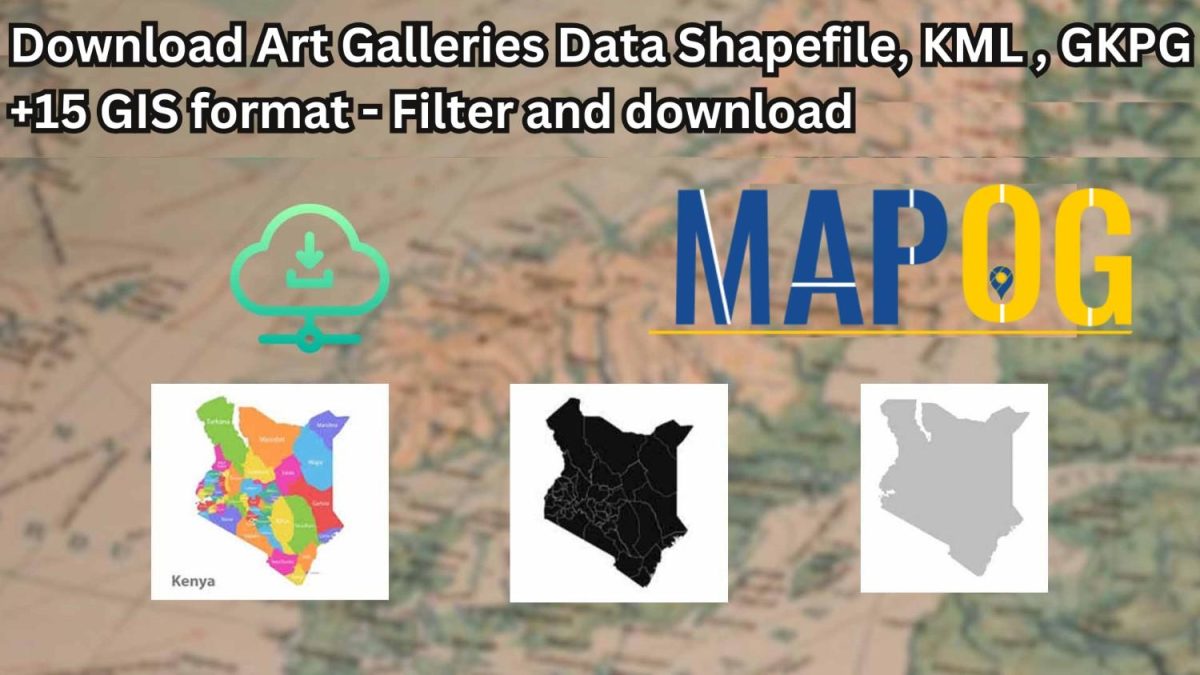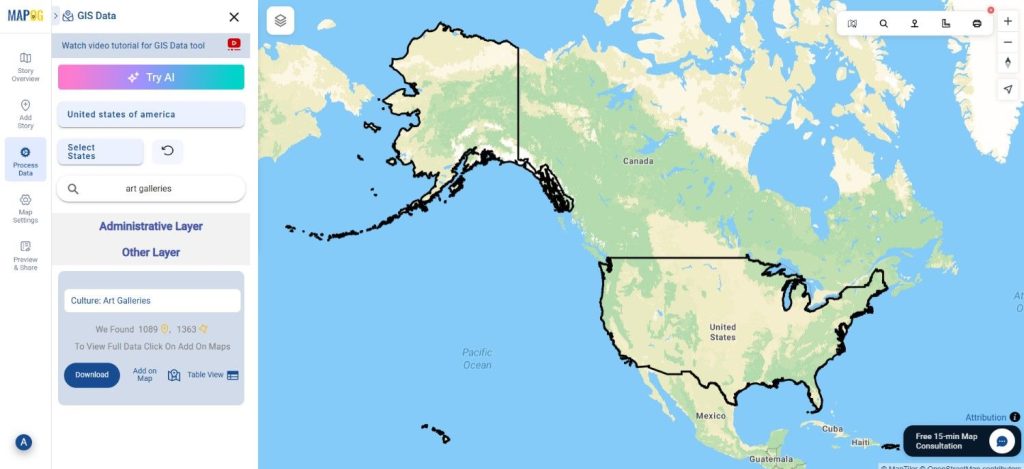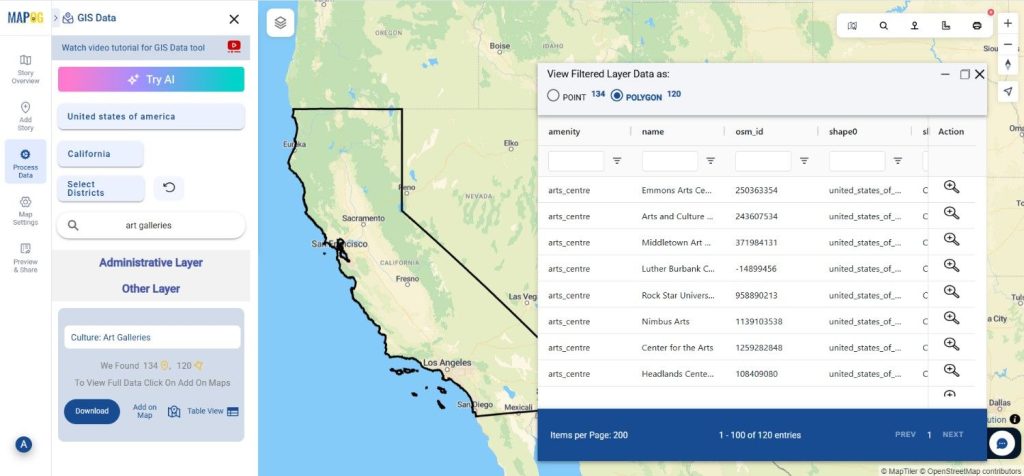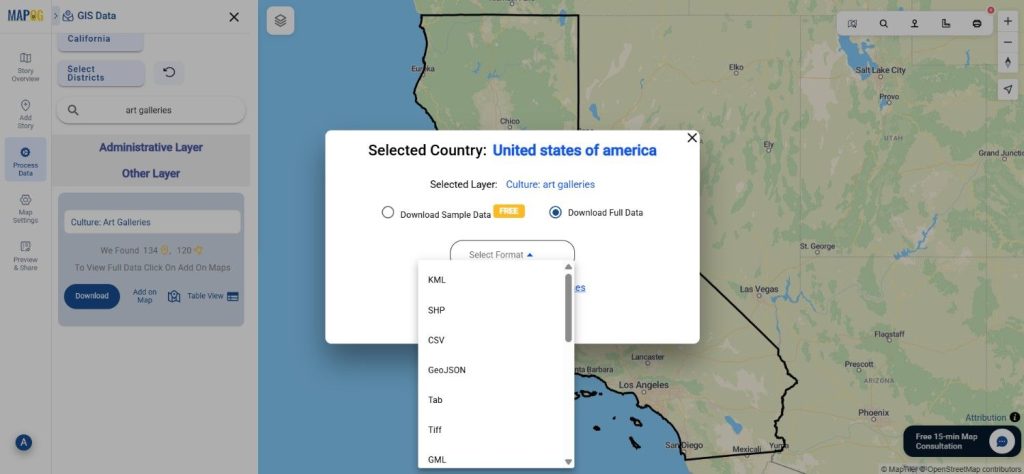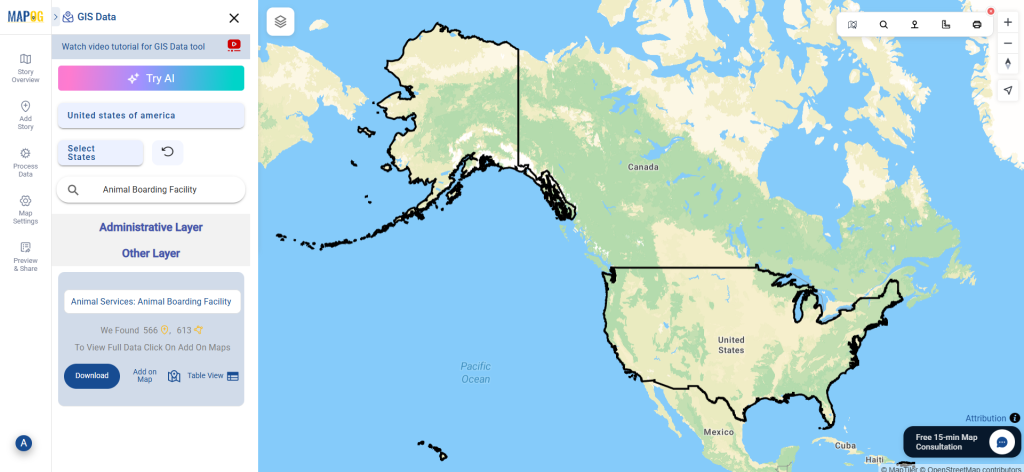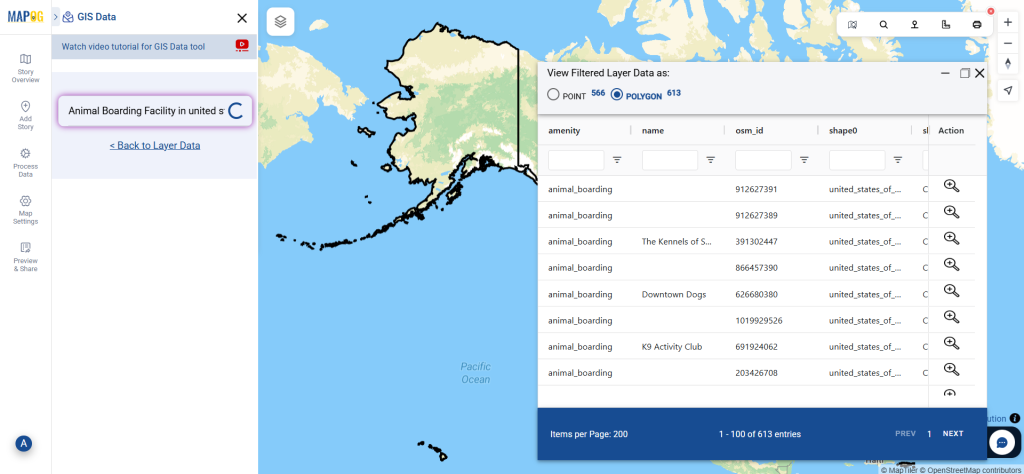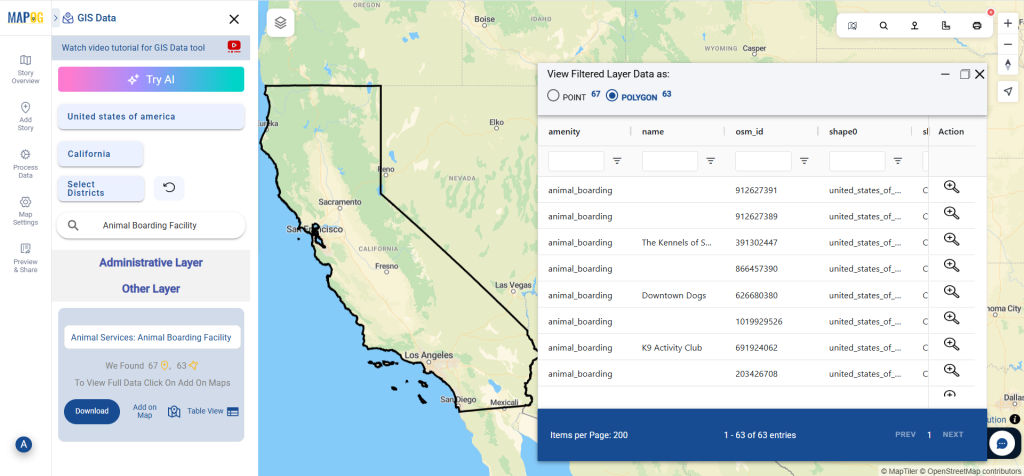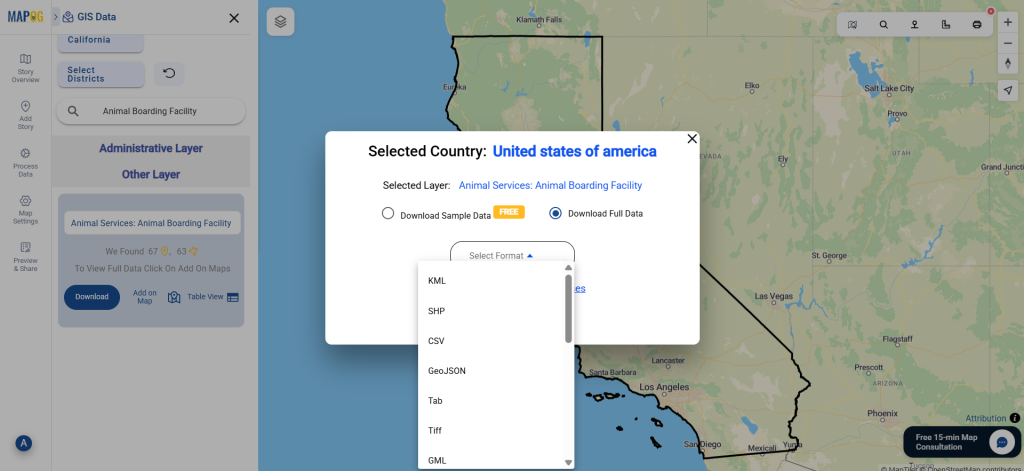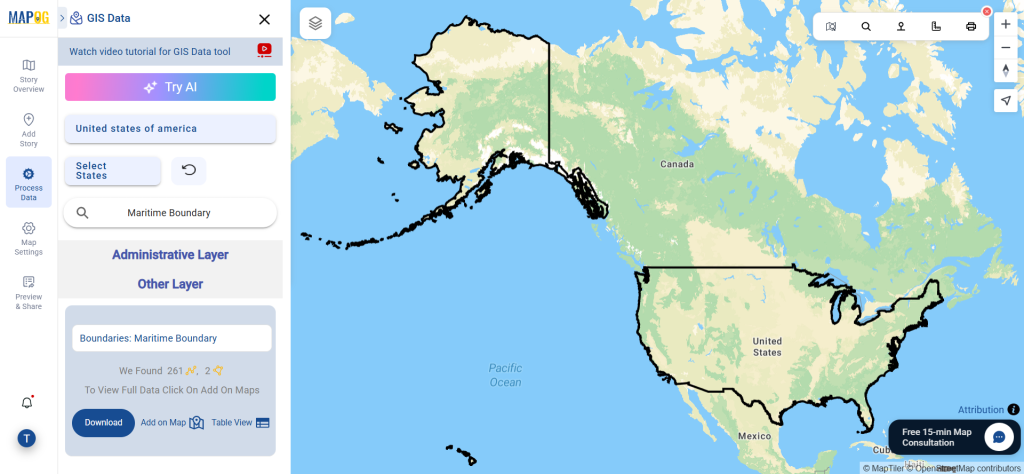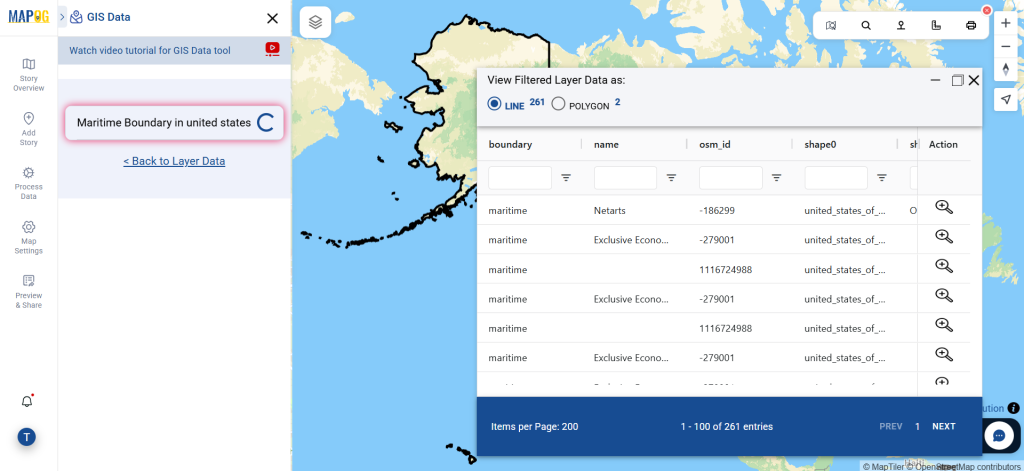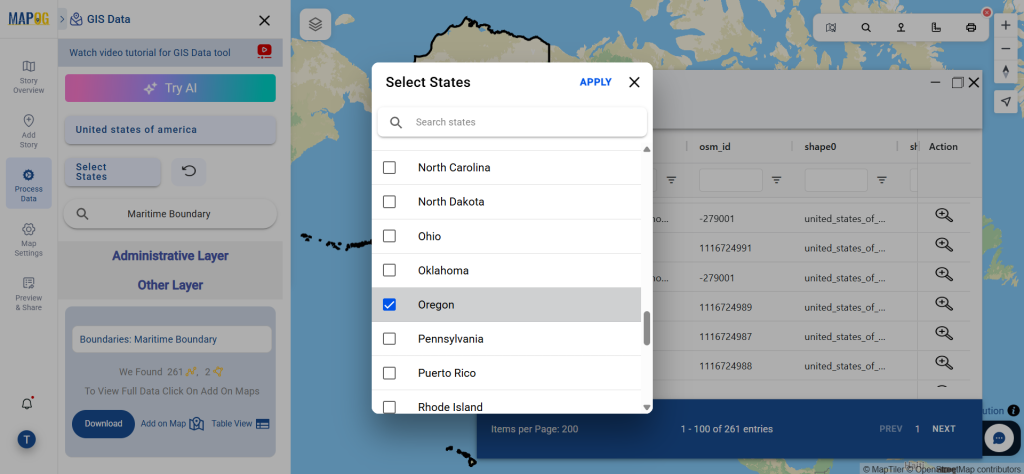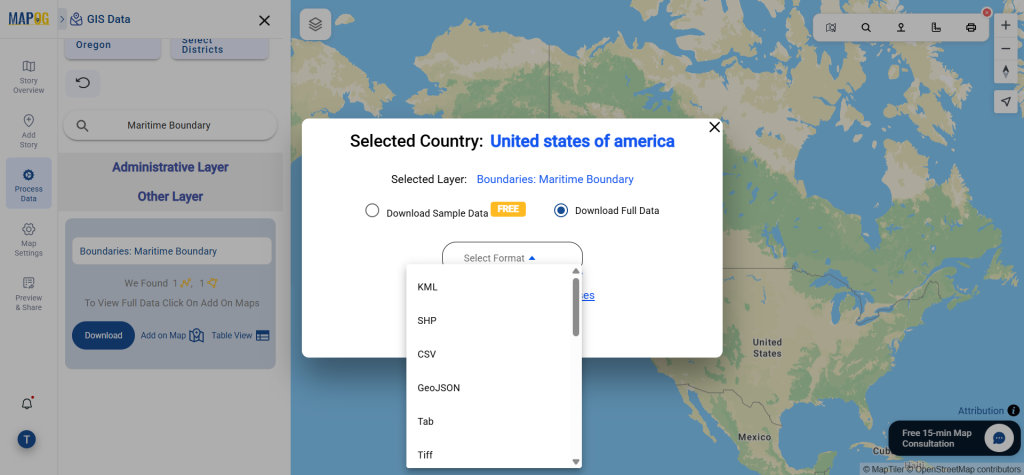If you’re looking to Download Wine Cellars Data, MAPOG’s GIS Data platform provides an easy and efficient way to access accurate wine cellar locations in multiple GIS formats. Wine cellars, often used for storage, production, or aging of wine, play a crucial role in viticulture and tourism analysis. With MAPOG’s structured datasets and simple workflow, users can download Wine Cellars Data in Shapefile, KML, GeoJSON, MID, and 15+ other formats for seamless mapping and spatial analysis.
How to Download Wine Cellars Data
MAPOG provides a streamlined system to help users explore and export wine cellar datasets across hundreds of available layers. With support for formats like SHP, KML, MID, MIF, CSV, DXF, GeoJSON, SQL, TOPOJSON, and GPX, the platform is suitable for both beginners and GIS professionals seeking flexibility and reliability.
Download Wine Cellars Data of any countries
Note:
- All datasets are provided using EPSG:4326 WGS84 CRS (Coordinate Reference System).
- Users must be logged in to access and download their desired data formats.
Step-by-Step Guide to Download Wine Cellars Data
Step 1: Search for Wine Cellars Data
Begin by selecting the location of interest inside the MAPOG interface. Use the search layer feature to look for “Wine Cellars Data.” Review the data attributes to check whether the layer contains point features or polygon boundaries.
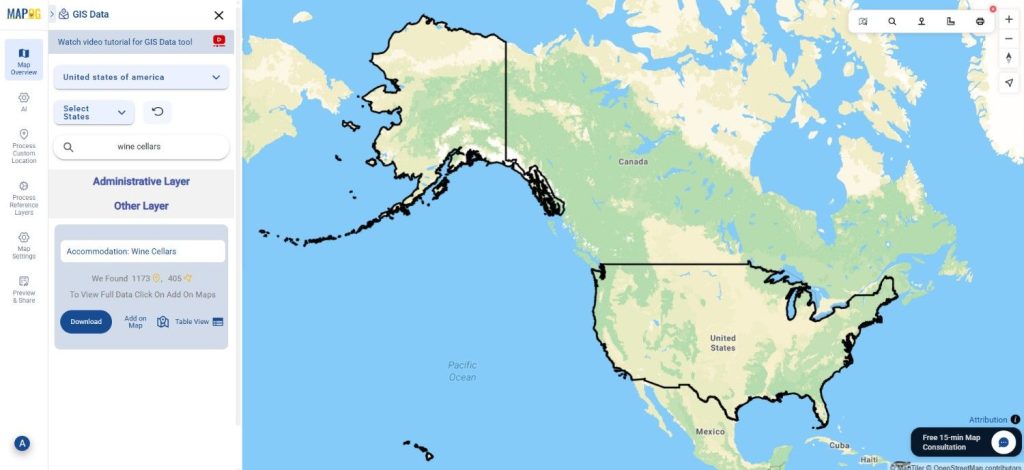
Step 3: Apply Data Filters
You can refine the results using the Filter Data option. Filter the dataset by state or district to narrow down the search, especially when working with large or detailed datasets. This ensures precise, relevant outputs for your project.

Step 4: Visualize with “Add on Map”
With the “Add on Map” feature, users can quickly load wine cellar layers onto the interactive map interface. This visualization step helps in analyzing distribution patterns, accessibility, clustering, and regional wine production insights.
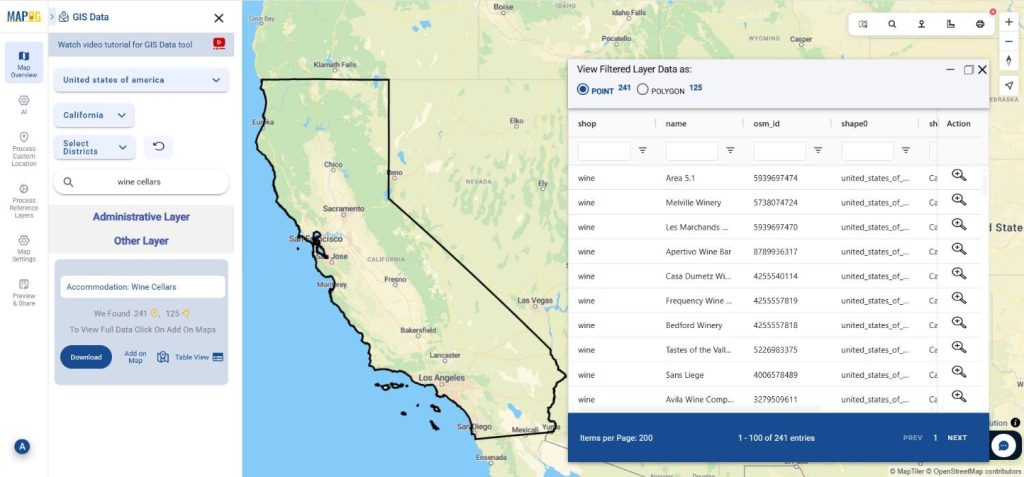
Step 5: Download Wine Cellars Data
After reviewing the dataset on the map, click “Download Data.” Choose either a sample dataset or the complete file. Select your preferred format—Shapefile, KML, GeoJSON, MID, or any of the other available options—accept the terms, and complete the download.
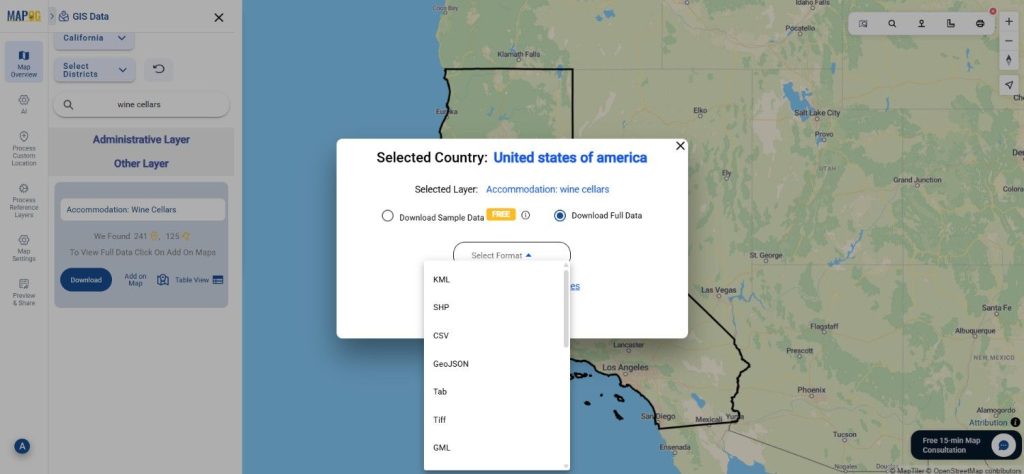
Final Thoughts
With MAPOG, the process to Download Wine Cellars Data becomes smooth, flexible, and highly accessible. The platform empowers users from various domains—research, tourism planning, agriculture, logistics, or GIS analysis—to obtain the exact datasets they need in over 15+ GIS formats. Whether you’re creating maps, conducting spatial studies, or planning field activities, MAPOG offers a reliable way to unlock valuable insights through high-quality Wine Cellars datasets.
With MAPOG’s versatile toolkit, you can effortlessly upload vector and upload Excel or CSV data, incorporate existing layers, perform Split polygon by line, use the converter for various formats, calculate isochrones, and utilize the Export Tool.
For any questions or further assistance, feel free to reach out to us at support@mapog.com. We’re here to help you make the most of your GIS data.
Download Shapefile for the following:
- World Countries Shapefile
- Australia
- Argentina
- Austria
- Belgium
- Brazil
- Canada
- Denmark
- Fiji
- Finland
- Germany
- Greece
- India
- Indonesia
- Ireland
- Italy
- Japan
- Kenya
- Lebanon
- Madagascar
- Malaysia
- Mexico
- Mongolia
- Netherlands
- New Zealand
- Nigeria
- Papua New Guinea
- Philippines
- Poland
- Russia
- Singapore
- South Africa
- South Korea
- Spain
- Switzerland
- Tunisia
- United Kingdom Shapefile
- United States of America
- Vietnam
- Croatia
- Chile
- Norway
- Maldives
- Bhutan
- Colombia
- Libya
- Comoros
- Hungary
- Laos
- Estonia
- Iraq
- Portugal
- Azerbaijan
- Macedonia
- Romania
- Peru
- Marshall Islands
- Slovenia
- Nauru
- Guatemala
- El Salvador
- Afghanistan
- Cyprus
- Syria
- Slovakia
- Luxembourg
- Jordan
- Armenia
- Haiti And Dominican Republic
- Malta
- Djibouti
- East Timor
- Micronesia
- Morocco
- Liberia
- Kosovo
- Isle Of Man
- Paraguay
- Tokelau
- Palau
- Ile De Clipperton
- Mauritius
- Equatorial Guinea
- Tonga
- Myanmar
- Thailand
- New Caledonia
- Niger
- Nicaragua
- Pakistan
- Nepal
- Seychelles
- Democratic Republic of the Congo
- China
- Kenya
- Kyrgyzstan
- Bosnia Herzegovina
- Burkina Faso
- Canary Island
- Togo
- Israel And Palestine
- Algeria
- Suriname
- Angola
- Cape Verde
- Liechtenstein
- Taiwan
- Turkmenistan
- Tuvalu
- Ivory Coast
- Moldova
- Somalia
- Belize
- Swaziland
- Solomon Islands
- North Korea
- Sao Tome And Principe
- Guyana
- Serbia
- Senegal And Gambia
- Faroe Islands
- Guernsey Jersey
- Monaco
- Tajikistan
- Pitcairn
Disclaimer : The GIS data provided for download in this article was initially sourced from OpenStreetMap (OSM) and further modified to enhance its usability. Please note that the original data is licensed under the Open Database License (ODbL) by the OpenStreetMap contributors. While modifications have been made to improve the data, any use, redistribution, or modification of this data must comply with the ODbL license terms. For more information on the ODbL, please visit OpenStreetMap’s License Page.
Here are some blogs you might be interested in:
- Download Airport data in Shapefile, KML , MIf +15 GIS format – Filter and download
- Download Bank Data in Shapefile, KML, GeoJSON, and More – Filter and Download
- Download Railway data in Shapefile, KML, GeojSON +15 GIS format
- Download Farmland Data in Shapefile, KML, GeoJSON, and More – Filter and Download
- Download Pharmacy Data in Shapefile, KML, GeoJSON, and More – Filter and Download
- Download ATM Data in Shapefile, KML, MID +15 GIS Formats Using GIS Data by MAPOG
- Download Road Data in Shapefile, KML, GeoJSON, and 15+ GIS Form

